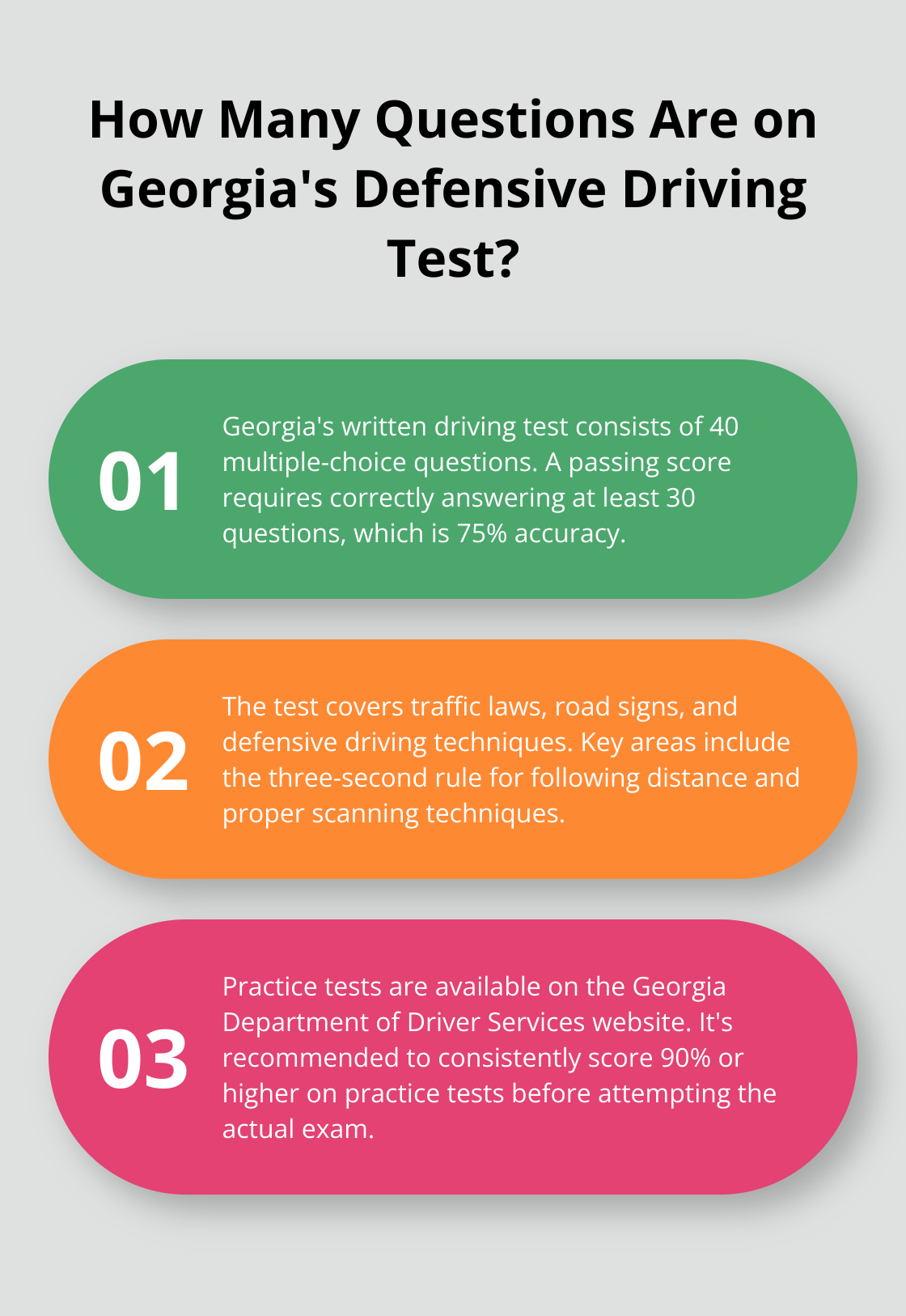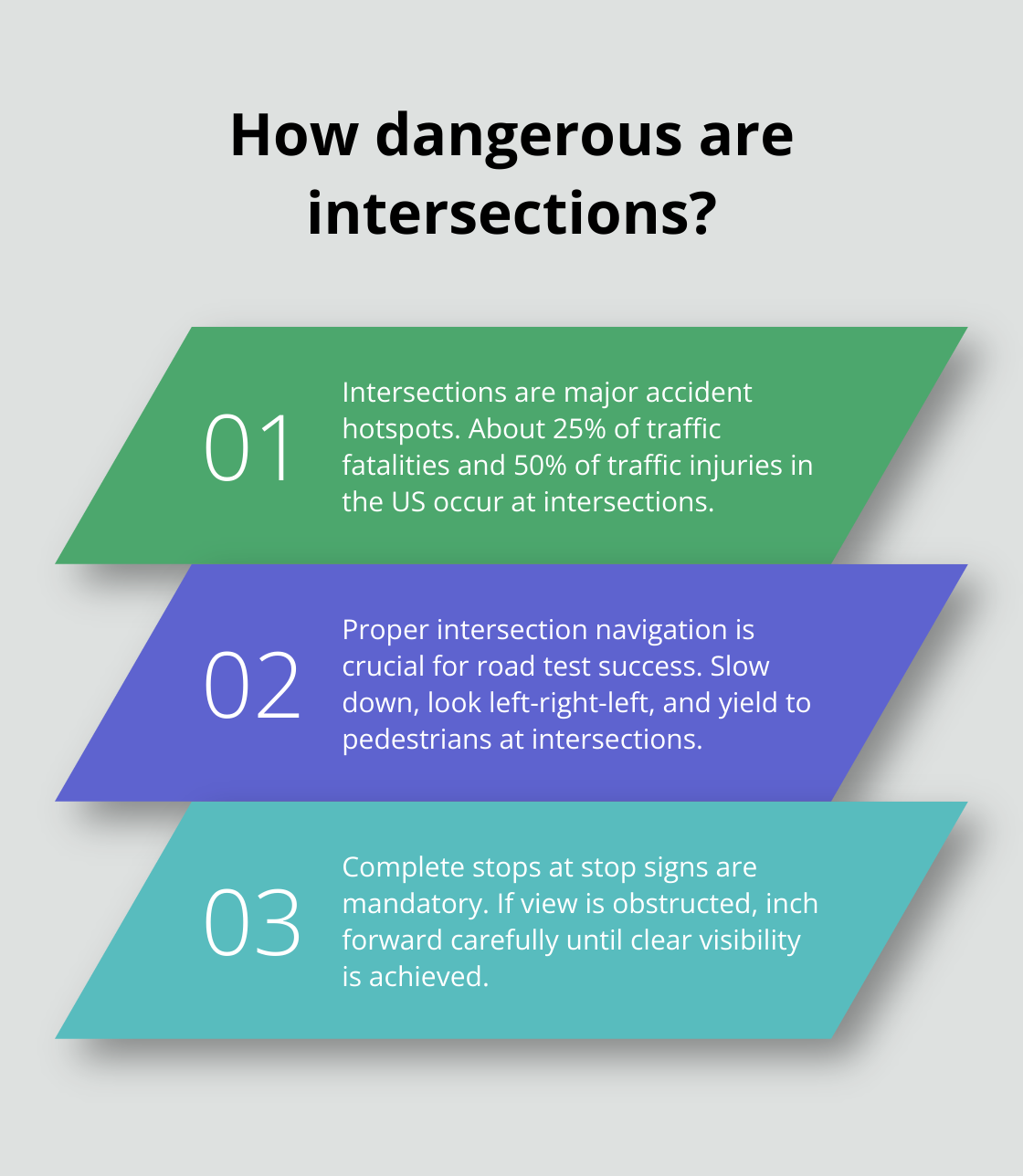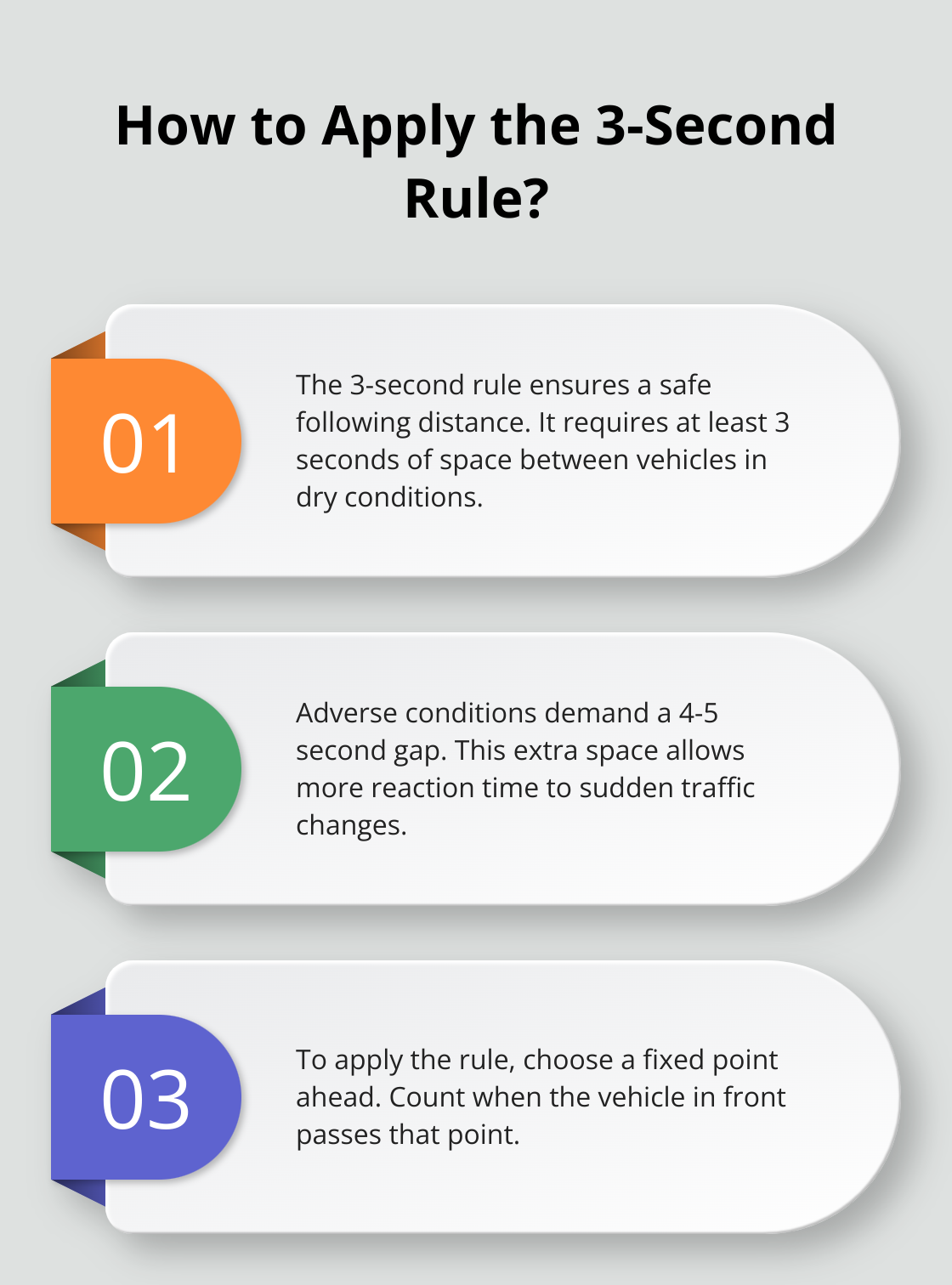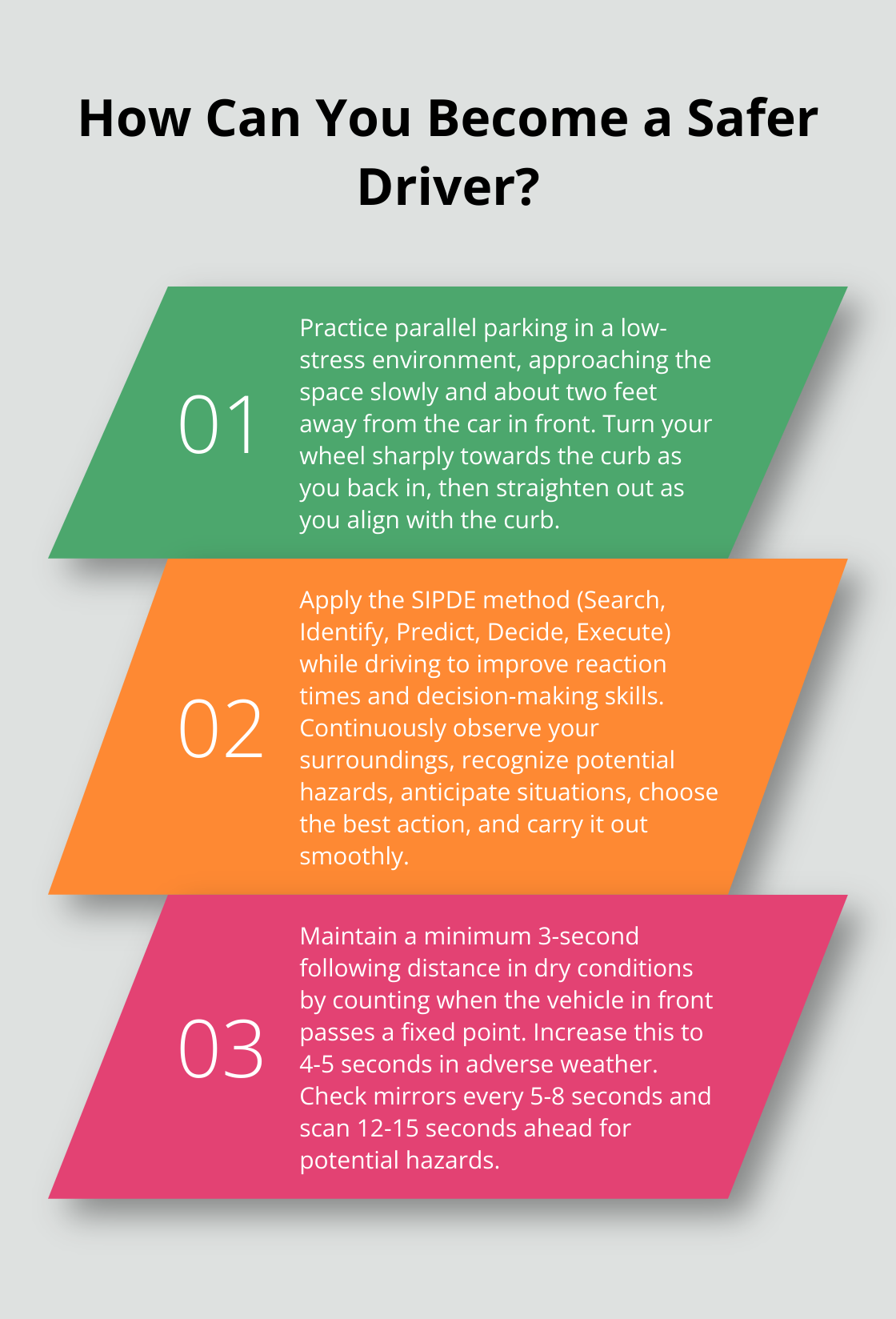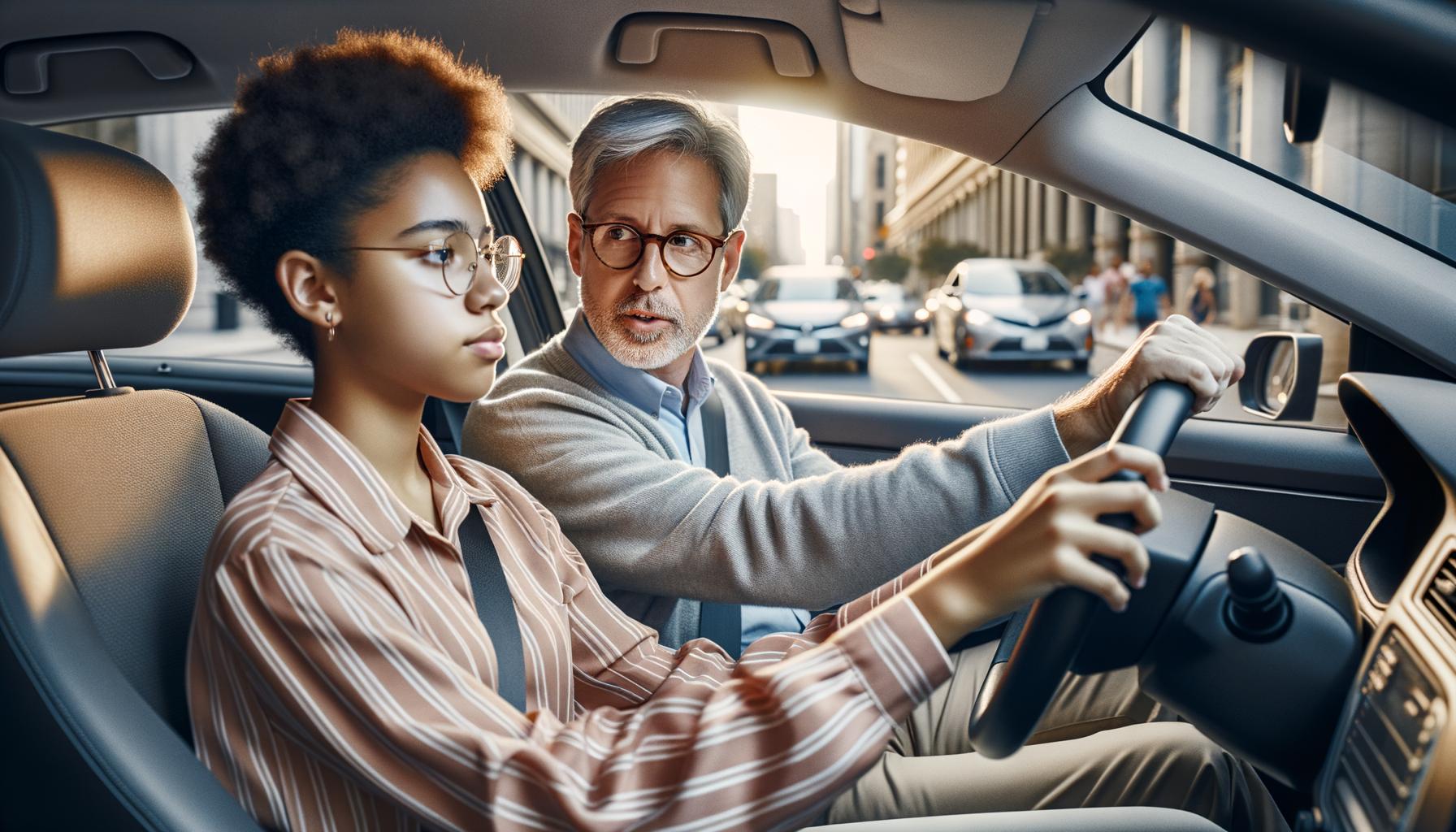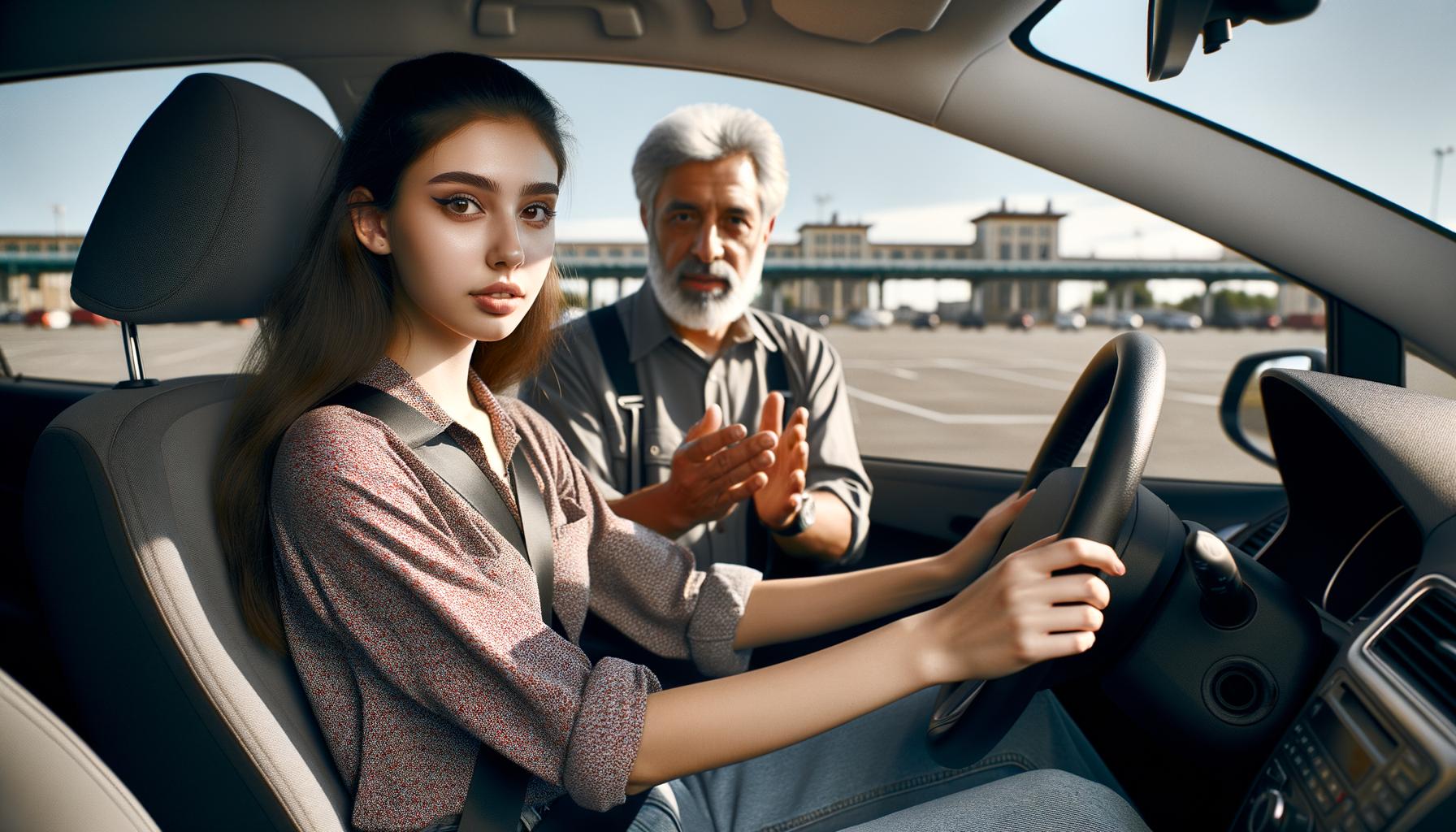Online Driving Classes: Convenience and Effectiveness
The digital age has revolutionized education, and driving instruction is no exception. At The Wiser Driver Driving School, we’ve witnessed a surge in demand for driving education classes online.
This shift offers unprecedented flexibility and accessibility for aspiring drivers. In this post, we’ll explore how online driving classes are reshaping the landscape of driver education and their impact on learning outcomes.
Why Online Driving Classes Are Booming
The Digital Learning Revolution
The landscape of driver education has transformed dramatically in recent years. The number of students who choose online driving classes has increased significantly. This trend extends beyond individual schools; it represents a nationwide shift in how people learn to drive.
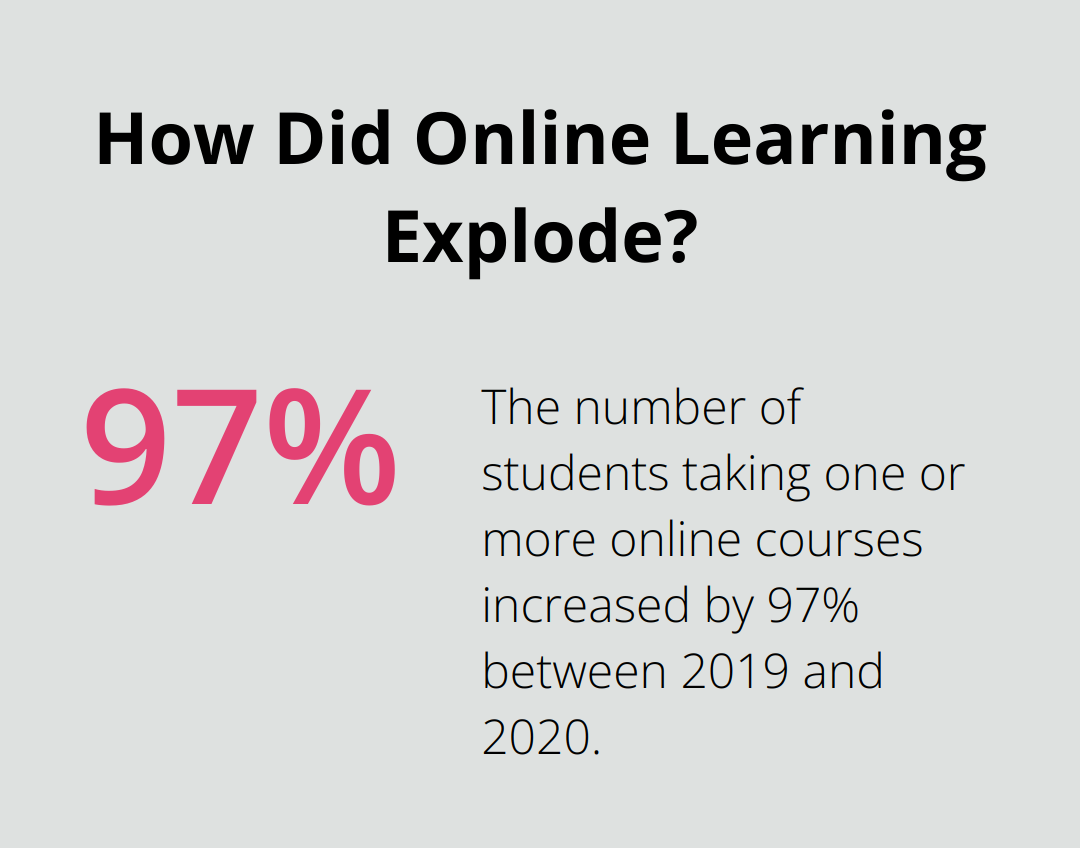
A recent report highlights that the number of students who took one or more online courses – but didn’t study online exclusively – increased by 97% between 2019 and 2020. This change isn’t confined to traditional academic subjects; it now includes specialized fields like driver education. The convenience of home-based learning, combined with improvements in e-learning technologies, has made online driving classes an attractive option for many aspiring drivers.
Flexibility: The Key to Popularity
The surge in online driving education stems primarily from the flexibility it offers. Traditional classroom-based courses often require students to adhere to fixed schedules, which can prove challenging for those who balance work, school, or family responsibilities. Online classes allow learners to study at their preferred pace and on their own schedule. This flexibility appeals particularly to adult learners and busy teenagers (who constitute a significant portion of new drivers).
Adapting to the Digital Age
Driving schools across the country recognize the need to adapt to this digital shift. Many have invested in the development of robust online platforms that offer interactive learning experiences. These platforms often include video lessons, virtual simulations, and real-time quizzes that engage students in ways traditional textbooks cannot.
The transition to digital platforms isn’t solely about convenience; it aims to enhance the learning experience. For instance, virtual reality simulations can provide students with a safe environment to practice decision-making skills before they operate a real car. This technology-driven approach can potentially lead to better-prepared drivers and safer roads.
The Role of Innovative Learning Tools
Online driving education platforms incorporate a variety of innovative tools to improve the learning process. These may include:
- Interactive quizzes and assessments
- Video demonstrations of driving techniques
- Virtual reality simulations of traffic scenarios
- Mobile apps for on-the-go learning
These tools not only make the learning process more engaging but also cater to different learning styles, ensuring that students can absorb information in the way that suits them best.
The Future of Driver Education
As technology continues to advance, we can expect further innovations in online driving education. Artificial intelligence might personalize learning experiences, adapting to each student’s strengths and weaknesses. Augmented reality could provide immersive practice scenarios, bridging the gap between theory and practical application.
The trend towards online driving education shows no signs of slowing down. The combination of convenience, flexibility, and innovative learning tools makes it an appealing option for aspiring drivers. However, students must choose a reputable online driving school that meets state requirements and provides comprehensive instruction. The next section will explore the specific benefits that online driving classes offer to students.
Why Online Driving Classes Are Game-Changers
Unmatched Flexibility
Online driving classes have transformed driver education by offering unprecedented flexibility. These structured programs are designed to teach new drivers the rules of the road, traffic laws, and safe driving techniques. The National Highway Traffic Safety Administration recognizes the importance of such programs in promoting road safety.
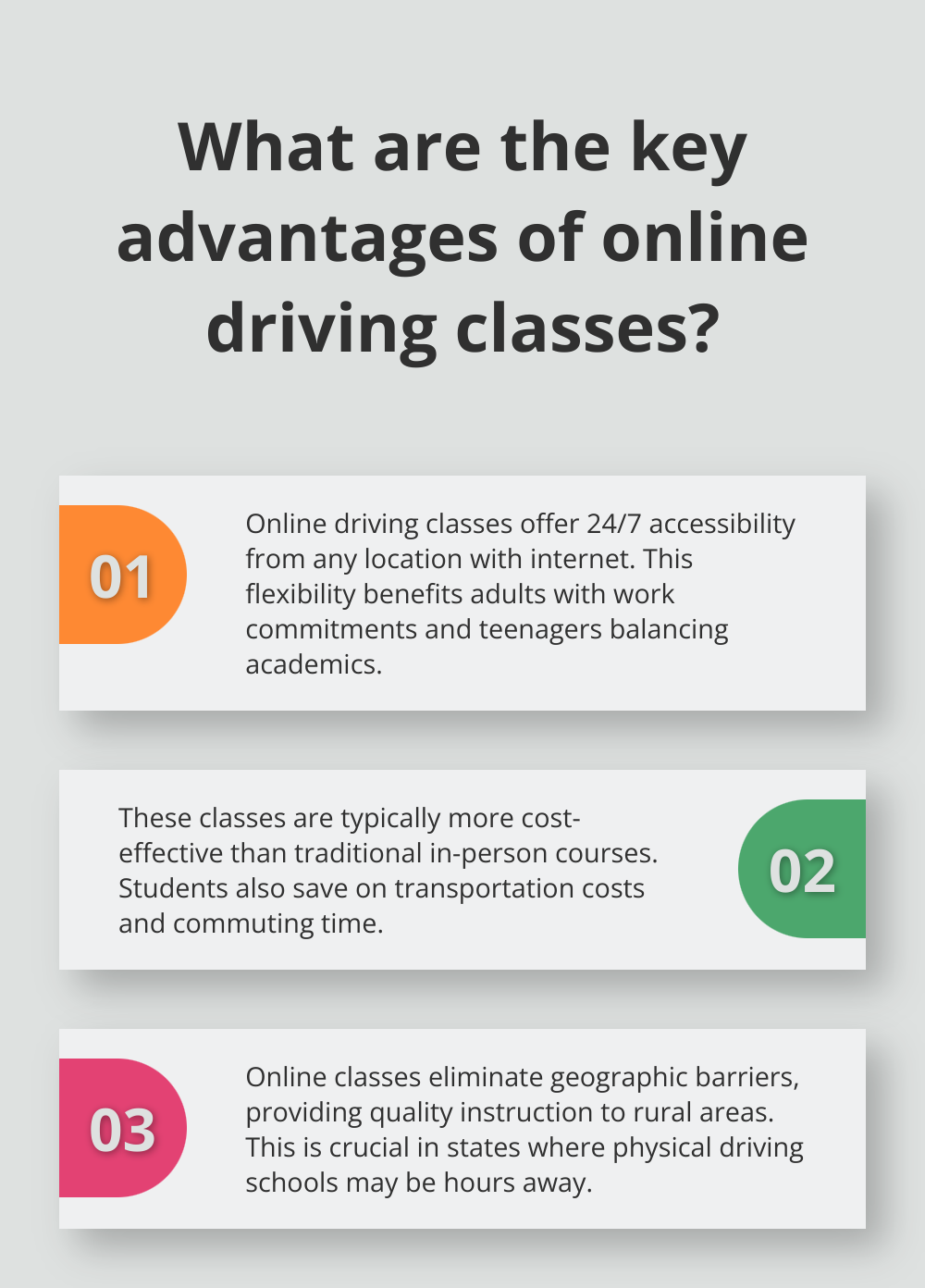
Students can access course materials 24/7 from any location with an internet connection. This allows learners to study at dawn, dusk, or during their lunch breaks – whatever fits their schedule best. For adults with work and family obligations, or teenagers balancing academics and extracurricular activities, this flexibility proves invaluable.
Cost-Effective Learning
Online driving classes typically cost less than traditional in-person courses. The absence of physical classrooms, textbooks, and other overhead expenses allows online schools to offer more affordable options to students.
Furthermore, students save on transportation costs and time they would otherwise spend commuting to a physical location. These indirect savings can accumulate significantly over the duration of a driver education program.
Bridging Geographic Gaps
For individuals in rural or remote areas, access to quality driver education can pose challenges. Online driving classes eliminate this barrier, providing top-notch instruction to students regardless of their location. This proves particularly important in states with large rural populations, where the nearest driving school might be hours away.
Interactive Learning Tools
Online driving education platforms incorporate various innovative tools to enhance the learning process. These may include:
- Interactive quizzes and assessments
- Video demonstrations of driving techniques
- Virtual reality simulations of traffic scenarios
- Mobile apps for on-the-go learning
These tools make the learning process more engaging and cater to different learning styles, ensuring that students absorb information in the way that suits them best.
As technology continues to advance, we can expect further innovations in online driving education. The next section will explore how effective these online classes are compared to traditional in-person instruction.
How Effective Are Online Driving Classes?
Knowledge Retention and Test Performance
Online driving classes have transformed driver education, but their effectiveness compared to traditional classroom instruction remains a topic of discussion. Recent studies provide valuable insights for aspiring drivers and educators.
The American Driver and Traffic Safety Education Association conducted a study which examined how driver education courses are implemented in the United States. This research provides valuable insights into the current state of driver education curricula in select states.
Impact on Practical Skills and Road Safety
While online courses excel in theoretical knowledge, their impact on practical driving skills is less straightforward. A report from the National Highway Traffic Safety Administration indicates that online learners perform comparably to traditional students in basic vehicle operation. However, the report also emphasizes the importance of supplementing online education with hands-on practice.
Integration with Hands-On Practice
The effectiveness of online driving education increases significantly when integrated with practical driving experience. Many states now require a minimum number of behind-the-wheel hours in addition to completing a driver education course (whether online or in-person).
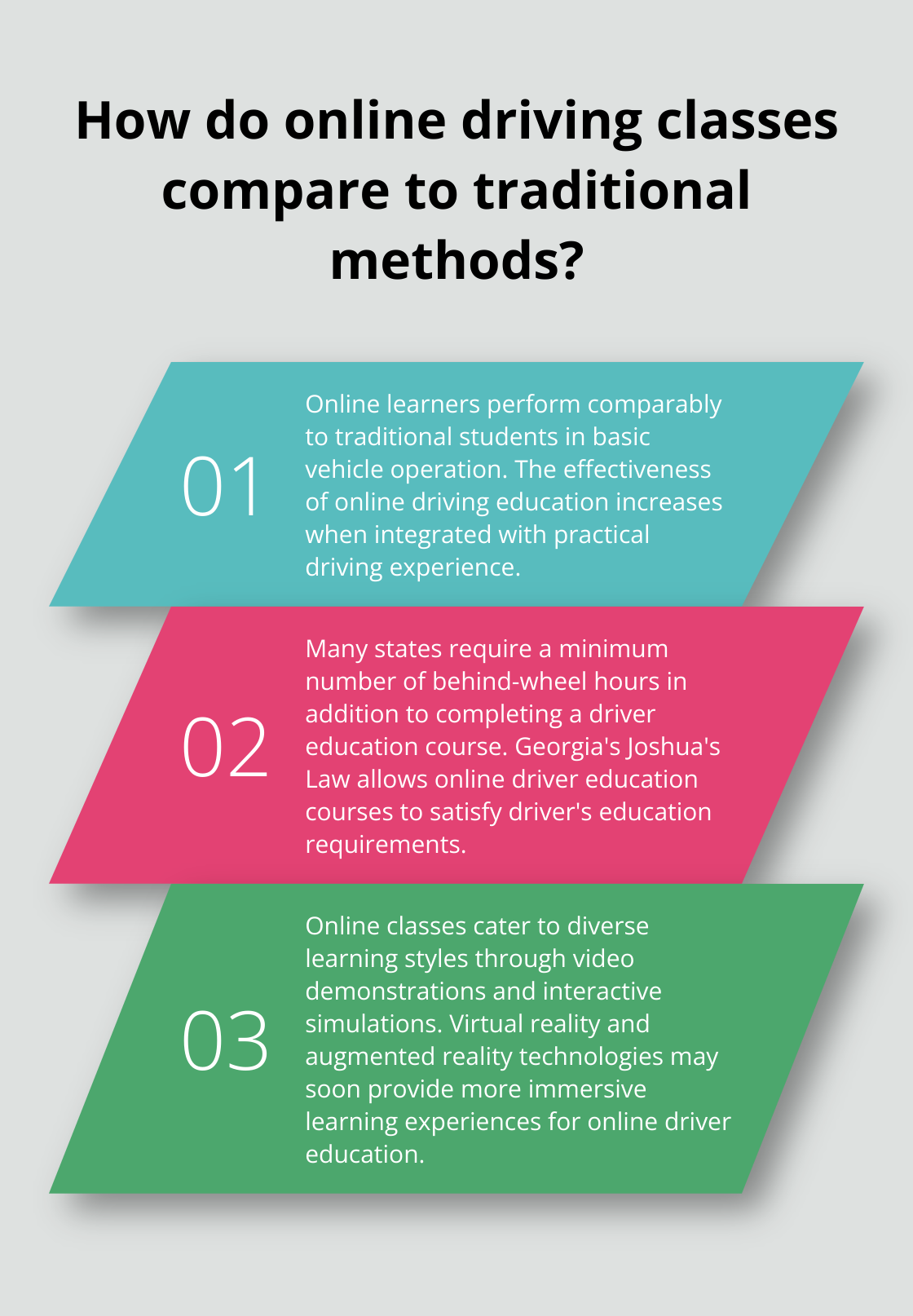
For instance, Georgia’s Joshua’s Law allows for an online driver education course to satisfy the driver’s education requirements. The Parent/Teen Driving Guide is available at DDS Customer Service Centers to help with supervised driving practice.
Adapting to Individual Learning Styles
One of the key advantages of online driving classes is their ability to cater to diverse learning styles. Visual learners benefit from video demonstrations and interactive simulations, while those who prefer reading can access detailed text-based materials. This flexibility allows students to engage with the content in ways that best suit their learning preferences, potentially leading to improved understanding and retention of critical driving concepts.
Technology and Future Improvements
As technology continues to evolve, we can expect further improvements in online driver education. Virtual reality (VR) and augmented reality (AR) technologies may soon provide even more immersive learning experiences, potentially narrowing the gap between virtual and hands-on learning. These advancements could revolutionize how students practice decision-making skills in various traffic scenarios without the risks associated with real-world driving.
Final Thoughts
Online driving classes have transformed driver education. The flexibility and accessibility of these programs attract aspiring drivers nationwide. Students access course materials 24/7, use interactive learning tools, and study at their own pace, which accommodates diverse learning styles and busy schedules.
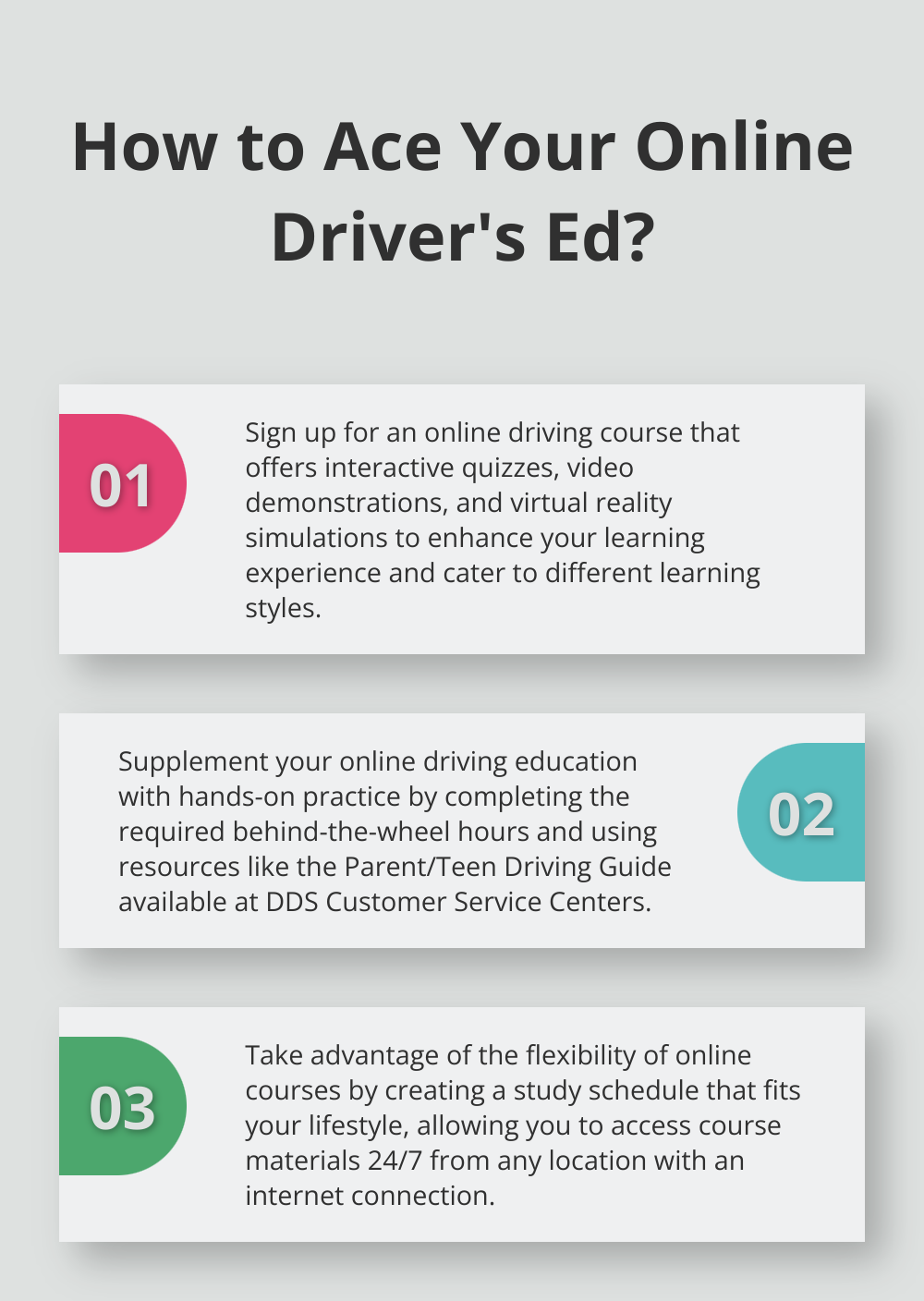
The effectiveness of online driving education depends on selecting a reputable provider. Students must choose a school that meets state requirements and offers comprehensive instruction. The Wiser Driver Driving School offers high-quality driving education classes online, combining theoretical knowledge with practical skills development.
Technology advancements promise to enhance the online learning experience further. Virtual reality simulations and AI-driven personalized learning will likely improve driver preparation. However, practical, behind-the-wheel experience remains essential for new drivers to handle real-world situations confidently.



